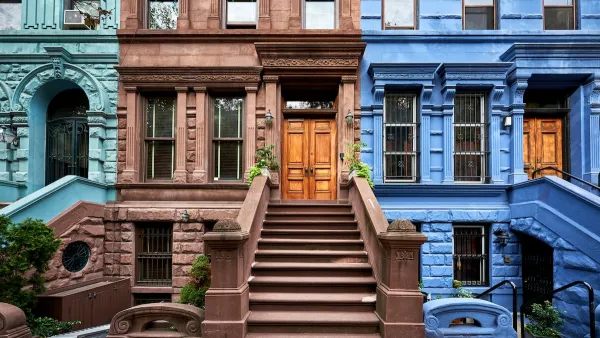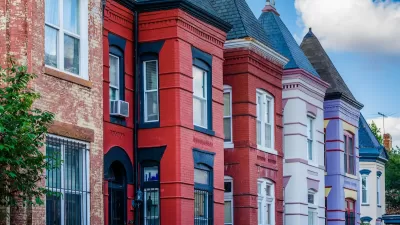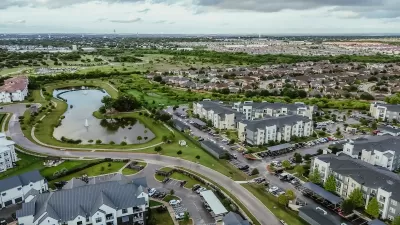The gap between market-rate and affordable rents is much wider in some U.S. cities than others.

An analysis from Yardi Matrix highlights which U.S. cities are successfully meeting the demand for affordable housing — and which are falling behind. “The analysis compared the maximum allowable rent for fully affordable units with the average advertised rent for market-rate apartments, breaking the data into four levels of apartment quality,” explains Candyd Mendoza in MPA Mag.
“One of the key challenges identified is the gap between market-rate and affordable housing in many of the country’s largest metropolitan areas, including cities like Chicago, San Francisco, Los Angeles, Boston, Miami, and Northern New Jersey.” San Francisco’s average market-rate rent is more than $1,000 higher than the average rent for affordable housing. However, smaller markets like Wichita, Kansas, Huntsville, Alabama, and Omaha, Nebraska have market-rate rents on par with affordable units.
According to the study, challenges to affordability include supply growth limitations and the composition of housing stock in different markets. “The study noted that 69,600 new affordable units are expected to be delivered in 2024, with a peak of 70,500 units projected for 2025. But after that, a potential slowdown in new inventory after 2025 could intensify the current shortage.”
FULL STORY: Which US cities are best at producing affordable housing?

Planetizen Federal Action Tracker
A weekly monitor of how Trump’s orders and actions are impacting planners and planning in America.

Congressman Proposes Bill to Rename DC Metro “Trump Train”
The Make Autorail Great Again Act would withhold federal funding to the system until the Washington Metropolitan Area Transit Authority (WMATA), rebrands as the Washington Metropolitan Authority for Greater Access (WMAGA).

The Simple Legislative Tool Transforming Vacant Downtowns
In California, Michigan and Georgia, an easy win is bringing dollars — and delight — back to city centers.

The States Losing Rural Delivery Rooms at an Alarming Pace
In some states, as few as 9% of rural hospitals still deliver babies. As a result, rising pre-term births, no adequate pre-term care and harrowing close calls are a growing reality.

The Small South Asian Republic Going all in on EVs
Thanks to one simple policy change less than five years ago, 65% of new cars in this Himalayan country are now electric.

DC Backpedals on Bike Lane Protection, Swaps Barriers for Paint
Citing aesthetic concerns, the city is removing the concrete barriers and flexposts that once separated Arizona Avenue cyclists from motor vehicles.
Urban Design for Planners 1: Software Tools
This six-course series explores essential urban design concepts using open source software and equips planners with the tools they need to participate fully in the urban design process.
Planning for Universal Design
Learn the tools for implementing Universal Design in planning regulations.
Smith Gee Studio
City of Charlotte
City of Camden Redevelopment Agency
City of Astoria
Transportation Research & Education Center (TREC) at Portland State University
US High Speed Rail Association
City of Camden Redevelopment Agency
Municipality of Princeton (NJ)





























